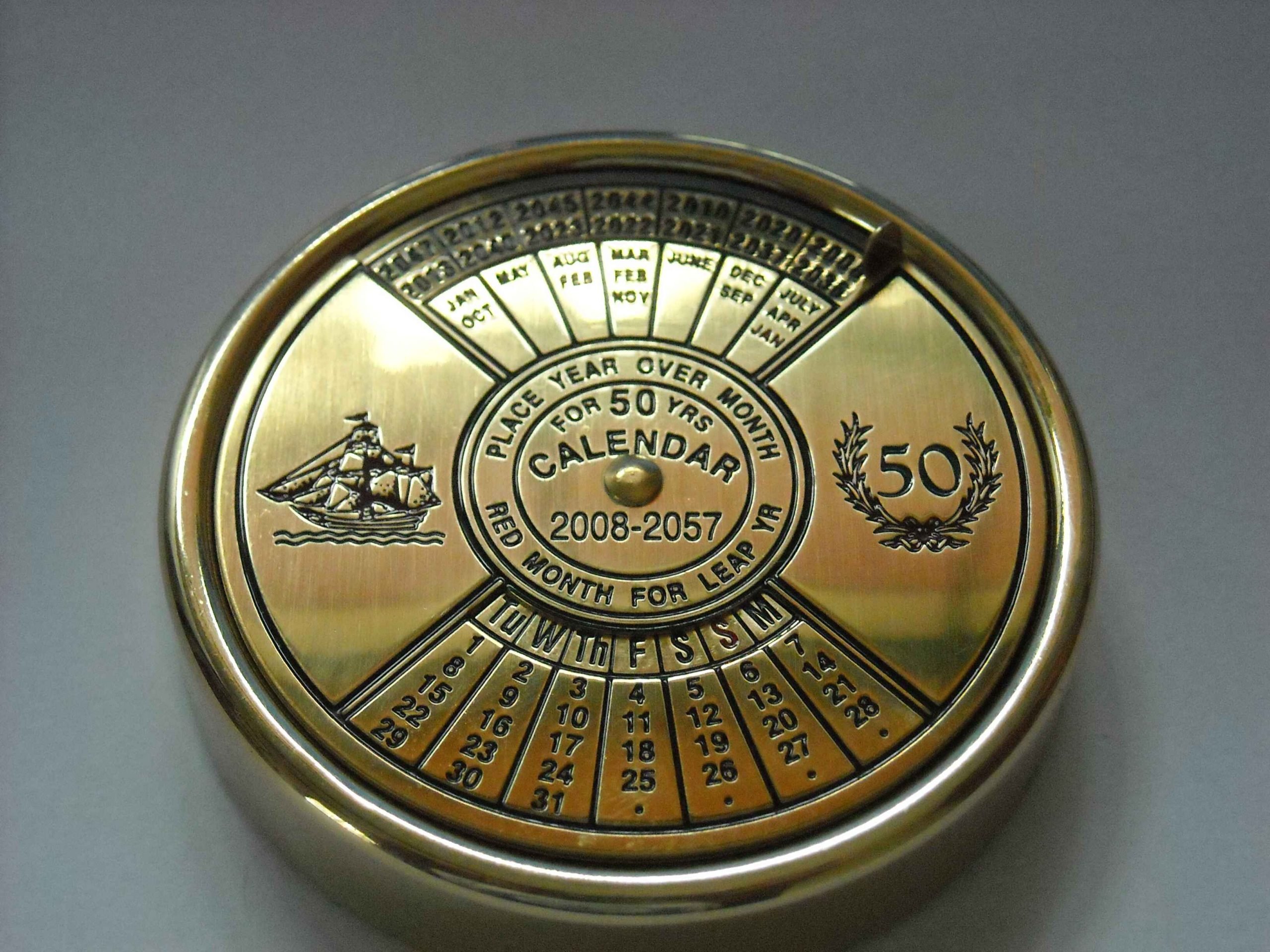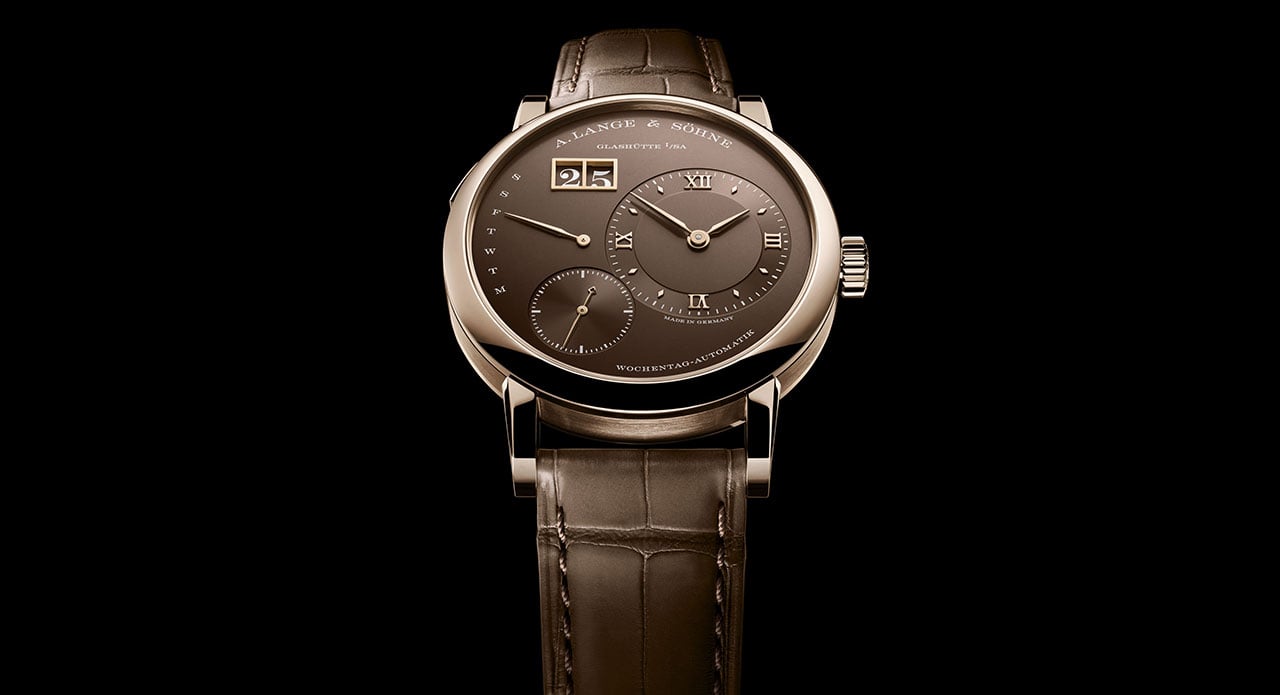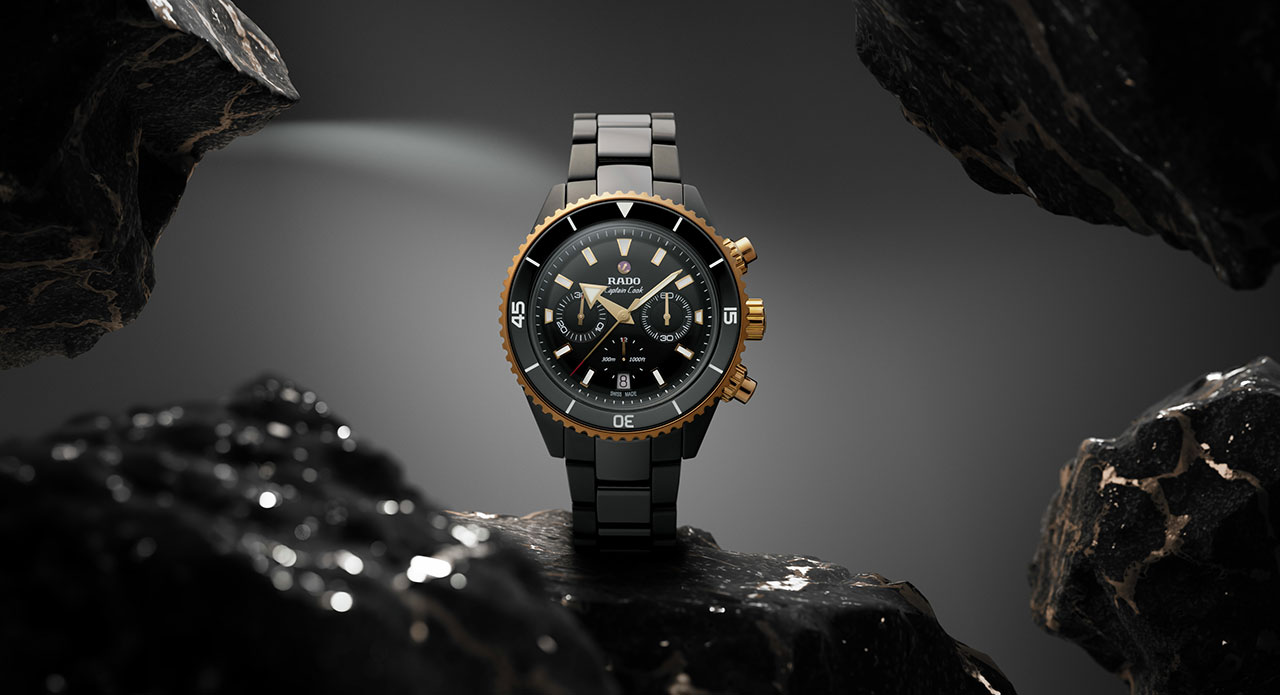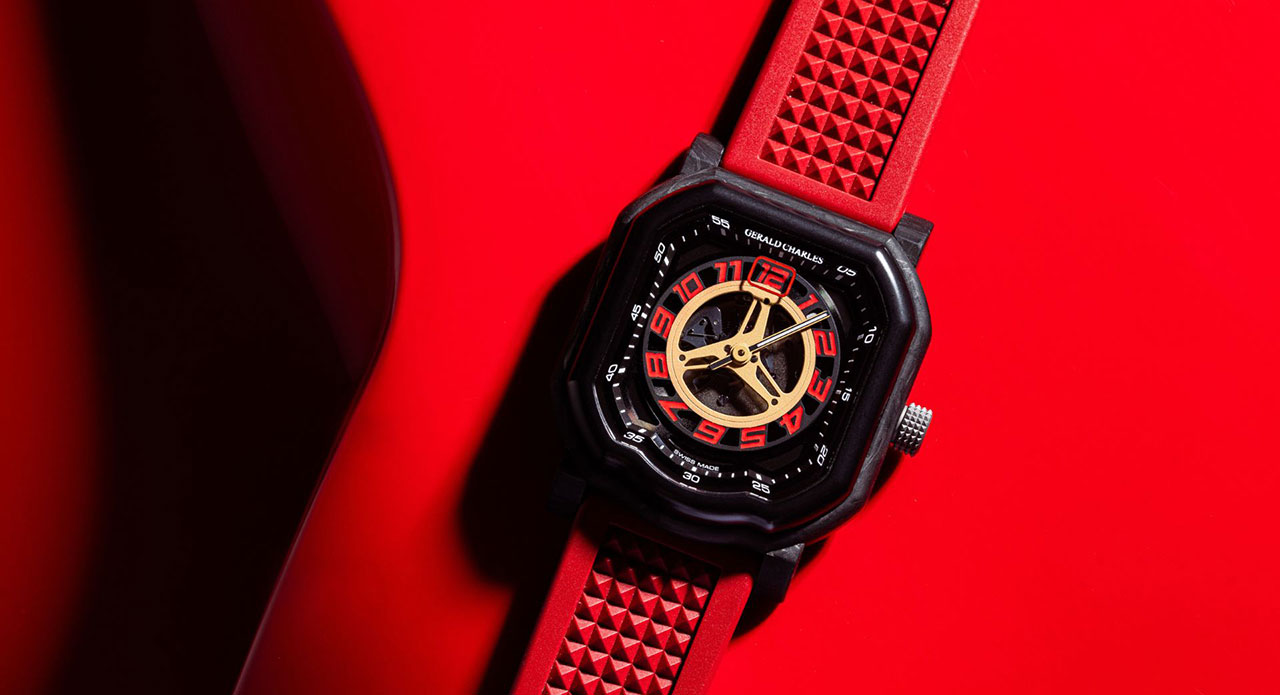In watchmaking, a ‘complication’ refers to any function on a timepiece that goes beyond simply telling the hours and minutes, and over the centuries these added mechanisms have become a stage for horological creativity and mastery. Some complications, like the chronograph, bring utility by measuring elapsed time, while others, such as the moonphase, appeal to the poetic side of watchmaking by reflecting celestial cycles on the wrist. As complications grew more advanced, they became demonstrations of a watchmaker’s ability to engineer mechanical intelligence into a finite space, often turning watches into miniature machines of remarkable complexity. Among this hierarchy, the perpetual calendar has emerged as one of the most prestigious and technically demanding.
The Origins of a Calendar in Motion

The perpetual calendar’s story begins in the realm of pocket watches, long before it was ever miniaturised into wrist worn form. The earliest known perpetual calendar mechanism is credited to English watchmaker Thomas Mudge, who developed one in the mid-18th century. His design was revolutionary in its ability to “remember” the varying lengths of months and to automatically adjust for leap years, something no other mechanical watch had achieved before.
Through the 19th century, perpetual calendars appeared in complex pocket watches, often accompanied by other complications such as minute repeaters or chronographs. These were rare creations, built by master watchmakers for wealthy patrons who prized mechanical ingenuity. It wasn’t until the 20th century, however, that the perpetual calendar transitioned from pocket watch to wristwatch, setting the stage for its modern legacy.
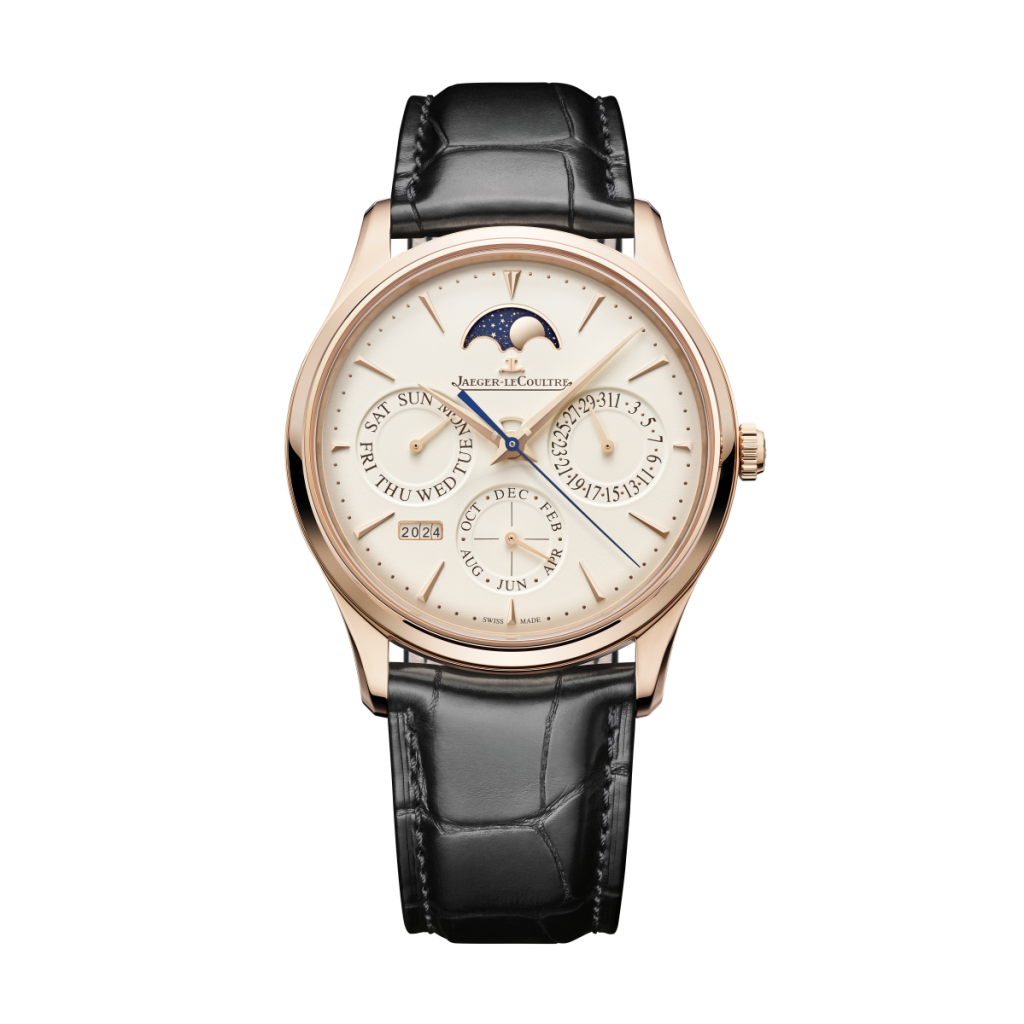
How It Works: Mechanical Memory

At the heart of the perpetual calendar lies a mechanical “memory” system. Through a series of gears, levers, and cams, the movement is able to distinguish between 30-day and 31-day months, advancing the date wheel accordingly. Even February, with its irregular 28 or 29 days, is accounted for thanks to a special cam that completes one full rotation every four years, engaging the leap-year cycle.
What makes this feat extraordinary is that it’s achieved purely through mechanical engineering—no electronics, no software, just centuries-old principles of gear ratios and precision machining. Once properly set, a perpetual calendar can run accurately for decades without adjustment, at least until the year 2100, when the Gregorian calendar skips its leap year cycle as part of its long-term correction.
Why It Matters
In an age when smartphones can calculate dates centuries into the future, the perpetual calendar endures because it represents something greater than utility. It is a tangible link to history, a piece of living engineering that captures humanity’s desire to organize, predict, and master the passing of time. More than just a complication, it is a conversation between past and present—between the ingenuity of early watchmakers and the collectors who wear their legacy today.
For enthusiasts, owning a perpetual calendar is not about never having to adjust the date. It’s about appreciating the elegance of a complication that has stood the test of centuries, one that continues to remind us that time, though fleeting, can be beautifully measured.
